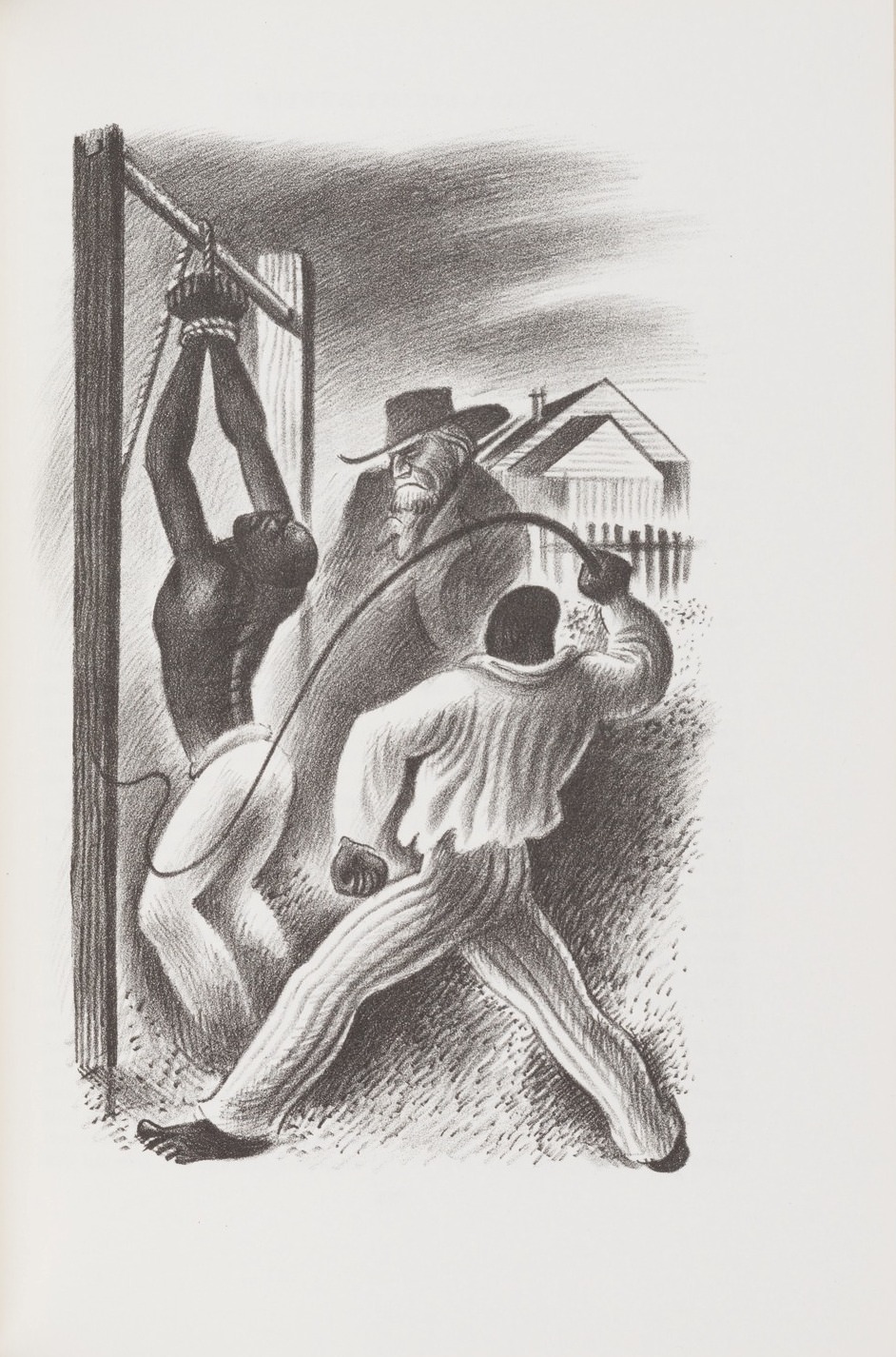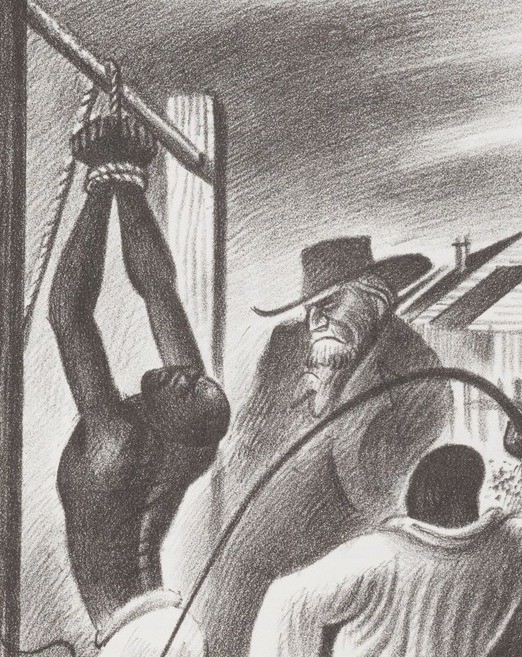The bestselling book of the nineteenth century, Harriet Beecher Stowe’s influential abolitionist novel Uncle Tom’s Cabin (1852) provides an example of the rapidly changing print culture of the period. Advancements in printing technologies and increasing literacy rates resulted in a revolution in American book culture. First appearing serially in 1851 in The National Era, an abolitionist newspaper, Uncle Tom’s Cabin was published as an illustrated two-volume book in 1852. The initial print run of five thousand copies sold out within a week. To meet the tremendous demand for copies, the book was reprinted several times in quick succession; more than 300,000 copies were sold within a year. Without benefit of strict copyright laws, the publication of Uncle Tom’s Cabin was immediately followed by a proliferation of related publications and reproductions in various formats — sheet music and children’s books, stage adaptations and so-called “anti-Tom” novels defending Southern slavery, card games and porcelain figures. The Collection contains an expansive range of books, pamphlets, broadsides, sheet music, cards, memorabilia, and other materials documenting more than 150 years of this still-significant novel’s publication history, readership, and cultural evolution.
Image: Uncle Tom’s cabin;, or, Life among the lowly / by Harriet Beecher Stowe ; with an introduction by Raymond Weaver ; illustrated with sixteen lithographs by Miguel Covarrubias
Collection Highlights Exhibited in Multitudes: A Celebration of the Yale Collection of American Literature: Materials related to Harriet Beecher Stowe’s novel Uncle Tom’s Cabin, including first and important editions, theatrical and other adaptations, and ephemera. Nineteenth-Century American Print Culture–Checklist & Object Descriptions
Related Exhibition Pages: Owen Franklin Aldis Library, James Weldon Johnson Memorial Collection, Nineteenth-Century American Literature, Film in the Archive

